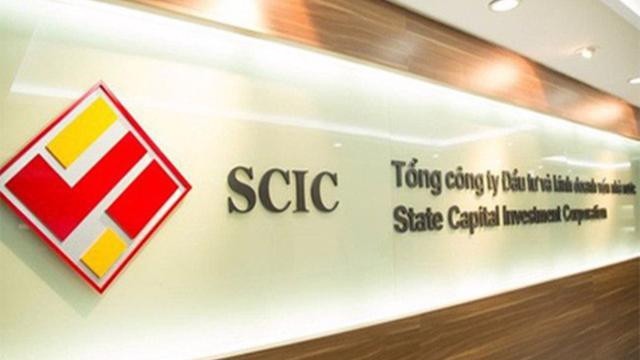Experts meet to discuss bank sector's bad debts
Experts meet to discuss bank sector's bad debts
Leading economists yesterday discussed ways of dealing with the banking sector's high bad-debt ratio of 10 per cent caused mainly by the collapse of 26,000 businesses in the first half of this year.

At an on-line dialogue yesterday between economists and readers of the Viet Nam Economic Times, Nguyen Xuan Thanh, director of the Public Policy Programme at the Fulbright School in HCM City, said Government restructuring plans had outlined different solutions to handle the debt.
He said he believed there were two key solutions – to rely on market moves or seek State financial support.
The first solution was to merge ailing banks or let strongly financed banks purchase bad debts in accordance with market mechanisms and securitisation (securitisation is the financial practice of pooling various types of contractual debt).
The second, which he considered essential, was for the State to play a key role and use public finance to handle bad debt. He said if this did not happen, the debt could become greater.
Thanh said he hoped consensus could be reached on handling the bad debt.
Deputy director of the Central Institute for Economic Management (CIEM) Vo Tri Thanh said one of the proposals was a plan to establish a company under the management of the State Bank of Viet Nam to trade bad debt worth VND100 trillion (US$4.8 billion). However, questions remain on how to organise the programme.
On the same subject, Nguyen Xuan Thanh said the establishment of the company required a clear target and finance source for its operation.
The company will set a target to purchase and recover bad debts within a short period of time instead of rescheduling them.
He said the company should only buy debts that had not yet fallen into insolvency. After bad debts were purchased, this would allow credit institutions to operate normally again.
The Government should classify all bad debts and ask enterprises that have bad debts to come up with the solutions, said senior economic Le Dang Doanh, adding that enterprises should be prepared to accept bankruptcy.
However, banks are also enterprises so bankruptcy at banks should be considered carefully because bank is an important financial institution and has functions in mobilising capital and providing loans for eligible projects and enterprises, Doanh said.
Weak banks should merge or be acquired by stronger banks, he said. The State Bank of Viet Nam already permits a process of bank mergers and acquisitions.
CIEM deputy director Vo Tri Thanh attributed bad debts to loose macro-economic management and rampant public investment.
He also blamed businesses for their unprofessional know-how. As a result, many were at a loss to know how to overcome difficulties facing them, especially during a time of global economic turmoil.
Truong Dinh Tuyen, former trade minister and member of the National Consulting Council of Financial and Monetary Policy, said Viet Nam's economy now had positive growth signals, including a reduction in Consumer Price Index, an increase in Gross Domestic Product, stabilisation in exchange rates and increases in foreign currency reserves.
But in fact, the economy and enterprises have still had so many difficulties, he said. The banks must find measures to solve bad debts and enterprises' difficulties in accessing capital with low interest rates though the rates already been reduced.
The domestic economy had recovery in the second quarter but for a long term, it was not sustainable growth, said Tuyen.
vietnamnews


























